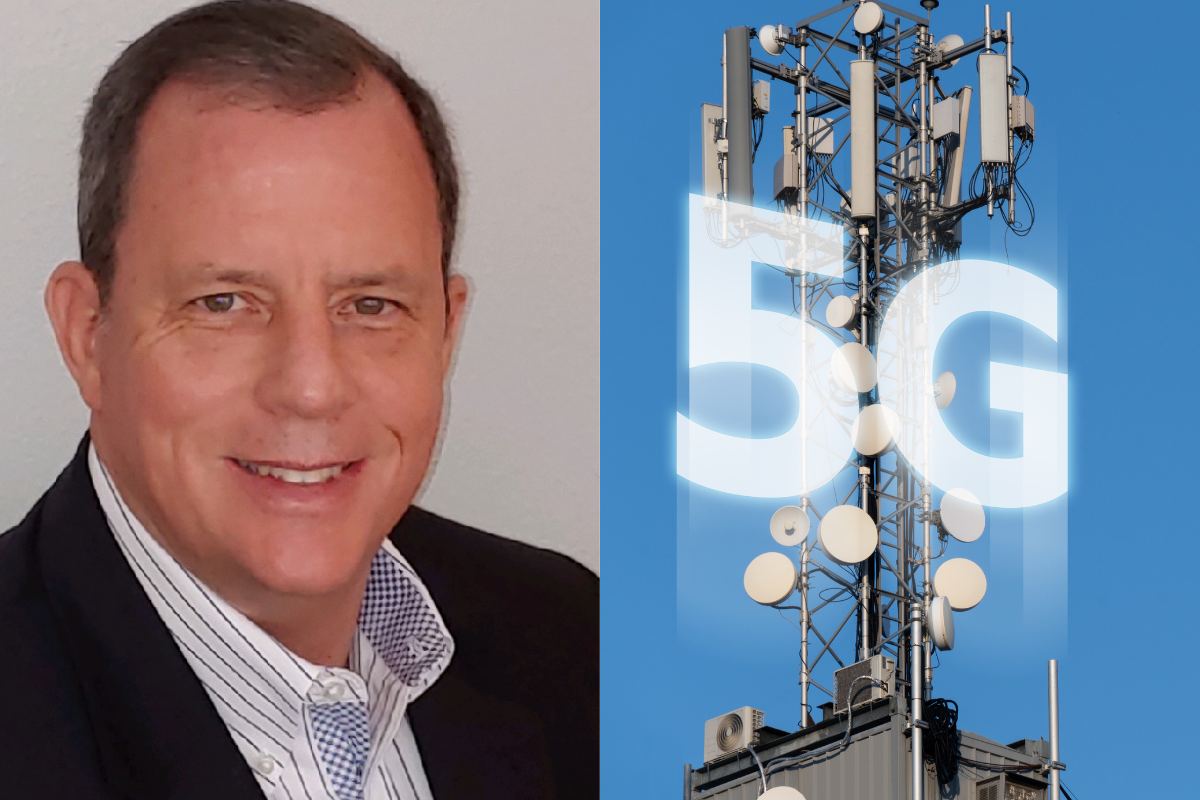Optical fiber has evolved in its maturity and in its form factors to drive the infrastructure medium for the “wireline” side of the network. It continues to be the preferred medium for high-speed network delivery, says Chris Rice, CEO - Access Solutions, STL.
Q1. According to You, What is the Ground Reality of 5G Readiness?
Answer - 5G is ready, willing, and able to be delivered today. The question is how for telcos. Do they deploy with the traditional vendor ecosystem with the proprietary architecture and “vendor lock-in,” or do the telcos jump onto an open architecture with open interfaces and a growing, vibrant open ecosystem? In the long run, open systems with open interfaces win, look at the areas of compute and IP networking. The same disruption to the status quo that occurred in those markets years ago is happening in the RAN today.
Q2. What According to You Are 3-4 Absolute Must-haves on the Network Infrastructure Side, if 5G is to Become a Reality and Deliver Expected Performance?
Answer - Upgrade the network backhaul and core IP infrastructure for the expected growth in bandwidth that 5G Applications will enable. The necessity of wireline 5G upgrades sometimes does not get the attention it deserves; this includes IP equipment (e.g. cell site routers) and the necessary fiber upgrades to the cell sites. Perform the network planning for the new cell site builds required to get the coverage and capacity required for ubiquitous 5G at the speeds users expect. For 5G to pay off for Telcos, there have to be new capabilities and services to sell that deserve higher price points from consumers and business users. Ensure that operational automation is available to keep operating costs reasonable, especially as the number of cell sites grows. CAPEX is typically only 20 to 25% of the Total Cost of Ownership (TCO) for a RAN, meaning that operating costs are 3X to 4X what CAPEX is. The RAN Intelligent Controller (RIC) is an example in ORAN / OpenRAN that helps Telcos fulfil this need in an open way. It is essentially the operating system for OpenRAN. It provides a platform for third-party applications to deliver these operational benefits and automation.
Q3. Increased Fibre Deployment Empowers Digital Economies and Ensures the Growth of Digital Society, but We Have a Long Journey to Cover to Fiberise Towers. How Is STL Helping Industry Stakeholders to Explain to Government Officials the Importance of Fibre for 5G or High-Speed Broadband?
Answer - Network speed in the RAN air interface is essentially meaningless without the ability to ensure that the connected IP network can backhaul the required bandwidth. This fact necessitates additional fiber deployments to the existing cell sites (where it does not exist) and to new cells sites.
Q4. Optical Fibre Has Been a Leading Medium of Connectivity for the World Since Many Decades; How Has the Technology Evolved to Cater to the Needs of 5G or Fibre to the Home?
Answer - Optical fiber has evolved in its maturity and in its form factors to drive the infrastructure medium for the “wireline” side of the network. It continues to be the preferred medium for high-speed network delivery, despite advancements in modulation schemes, wavelength multiplexing, and high-speed wireless backhaul. In fact, many of those same modulation advancements have been applied to fiber systems, making the business case for fiber better.
Q5. What Role Do You Envision India Playing in the Global 5G Ecosystem? How Is STL a Part of This Envision?
Answer - India will play a big role. With the “Make in India” effort, with the PLI schemes being supported, with the disruption happening that is driving the OpenRAN efforts, and with recent geopolitical events that have affected the 5G ecosystem, the opportunity for Indian companies in 5G is enormous. STL plans to be a big part of this global 5G ecosystem. We have a role in delivering fiber infrastructure, optical interconnections, the RAN systems that drive the wireless 5G infrastructure, and in the deployment of these networks.
Q6. Do You Think the Private Players Will Require More Government Assistance for Building 5G Ecosystem in India?
Answer - They may. The role of the government is to provide benefits and opportunities for its citizens. To that end, wireless networks and the applications that ride on them are becoming more critical to the everyday life of its citizens. 5G will increase the role of this critical wireless infrastructure. Recognition of this fact and policies that support the development of these networks on a level playing field are viable roles for governments and their policies.
Q7. Please Comment on the Technological Skills and Offerings You’ve Developed That Will Be Crucial in the Development of the Country’s Wider 5G Ecosystem in the Next Years?
Answer - We have a well-known 25-year history in delivering fiber infrastructure, and optical interconnects to a global set of customers. We will continue that business and advance both products that we deliver and grow the customers that we serve. We are growing our ability to deploy networks and deliver advanced services. With a history in deploying military and citizen networks, we are applying our learnings there and growing into FTTH and RAN network deployments. We have recently made acquisitions in the UK to grow the markets in which we provide these network services. Our newest business unit, the Access Solutions BU, focuses on fiber broadband and 5G wireless products. These products are based on open networking principles and give STL the opportunity to participate in the disruption that is occurring in the open networking markets, like ORAN and OpenRAN initiatives. While Access Solutions BU is new, it has an R&D and innovation heritage of almost four years. During that time, a top talent team has been put in place, fundamental technology and innovation have been developed and matured, and now a well-defined product roadmap has been put in place as the BU launches many new products in its Accellus product line.
